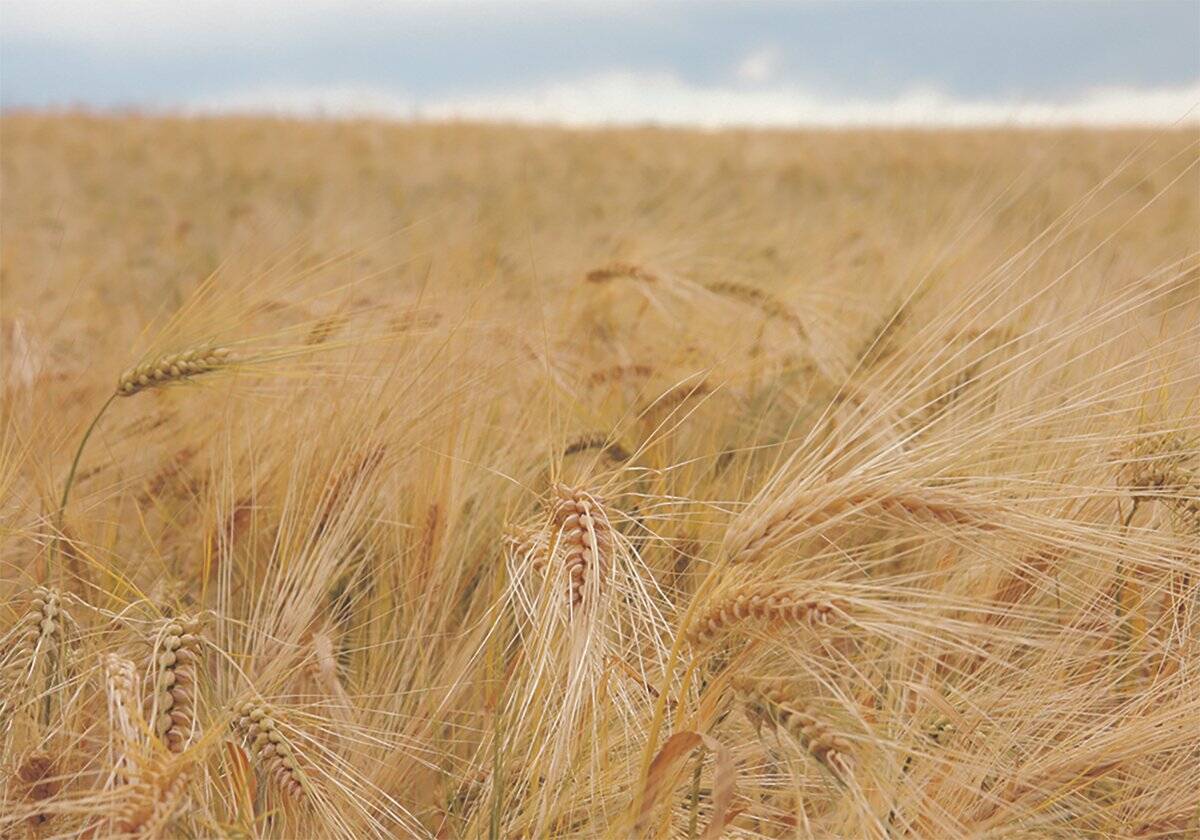A Purdue University release says entomologists across the U.S. Midwest expected to see soybean aphid outbreaks this year, but aphids have been slow in coming out.
However, producers should continue to scout for the pests at least once a week, says entomologist Christian Krupke.
He says soybean aphid outbreaks typically occur during odd-numbered years, which means that there would typically be an increase in aphid numbers across the Midwest this year.
Not only is it an odd year, but last fall researchers also observed large numbers of winged aphids overwintering on host sites like buckthorn, Krupke says. This also would indicate increased aphid numbers.
Read Also

Feed Grain Weekly: Quiet trade to close the year
Feed grain prices are not expected to change drastically in the coming months, said a Saskatchewan-based trader.
Normally the aphids start to attack soybeans in June and July, but activity was scarce until just last week, Krupke said. Soybean aphids did manage to reach threshold levels in LaPorte County in Indiana and required treatment in some fields, he said. The threshold level for treatment is 250 soybean aphids per plant.
When scouting, Krupke saw several winged aphids in northwest Indiana fields, which means that some of those aphids soon will migrate and infest other fields.
“If you divide the state into four quadrants, the northwestern corner will always see heavy aphid activity first, at least historically,” Krupke said in the release.
“It’s the area closest to the prevailing winds that carry the s Krupke said weekly scouting is cheap insurance, and aphids still have the potential to be a problem. With winged aphids on the move, fields can become infested very rapidly, he said.
“We could still see a late push from aphids, however, time is on our side,” Krupke said. “Once soybeans reach full seed, also known as the R6 growth stage, there is no need to worry about yield loss. It’s too late for aphids to cause economic damage.”
Producers can check a U.S. nationwide soybean aphid map. Select “Soybean Aphid” from the dropdown menu at the top right.














